$ (document).ready(function() { SampleGalleryV2({“containerId”:”embeddedSampleGallery_7138693871″,”galleryId”:”7138693871″,”isEmbeddedWidget”:true,”standalone”:false,”selectedImageIndex”:0,”startInCommentsView”:false,”isMobile”:false}) });
Meet the Polaroid Pop, a new instant camera that produces classic Polaroid-sized 3 x 4″ prints. Like the Polaroid Snap and Snap Touch, the Pop combines a digital sensor with an integrated ZINK Zero Ink printer. But unlike the Snap, which produces 2 x 3 prints, the Pop prints to a 3.5 x 4.25 format, with the image itself occupying 3 x 4 inches to give each print a faux Polaroid-style border.
The Pop uses a 20MP CMOS sensor and features a dual LED flash, 3.97″ touch LCD and image stabilization. It can also shoot 1080p HD video and stores everything to a Micro SD. When used in conjunction with the Polaroid print app and one’s smart device, users can edit images before printing. Photos print in just under a minute.
If you’re itching to get your hands on one, expect the Polaroid Pop to ship in late 2017. Pricing info is forthcoming.
The Polaroid Pop Instant Digital Camera Offers a Modern Take on the Classic Polaroid Instant Print
Debuting at CES 2017, the Latest Camera in the Polaroid Instant Digital Print Line Pairs Wireless Technology With the Iconic Polaroid 3×4” Print
LAS VEGAS, January 5, 2017– CES 2017 marks debut of the newest camera in the wildly popular line of Polaroid instant digital photography products, the Polaroid Pop. The Polaroid Pop instant digital camera combines a sleek, modern design and digital technology with the classic 3×4” Polaroid instant print format that is reminiscent of the brand’s iconic legacy instant print cameras.
“Polaroid is celebrating its 80th anniversary in 2017 and we could not think of a better way to kick-off this milestone year than with the debut of the Polaroid Pop instant digital camera at CES 2017,” said Scott W. Hardy, President and CEO of Polaroid. “Perfectly blending nostalgia with modern design and functionality, the Polaroid Pop embodies the brand’s 80-year history; staying true to the Polaroid core values of sharing, instant, fun and easy-of-use, while pushing the envelope with a fresh form factor and the latest technology.”
The Best of Both Worlds
Just like the Polaroid Snap and Polaroid Snap Touch instant digital cameras and the Polaroid Zip instant photoprinter, at the heart of the new Polaroid Pop instant digital camera is an integrated printer using ZINK® Zero Ink Printing Technology. This gives users the ability to automatically print full color photos in the iconic 3×4” format with the Polaroid Classic Border Logo resulting in a 3.5×4.25” print. The Polaroid Pop also features a traditional digital camera experience. The camera includes a a 3.97-inch touchscreen LCD for framing shots and navigating the camera’s menu, a 20-megapixel CMOS sensor and dual LED flash for high quality images, image stabilization, as well as 1080p full HD video recording capability. All images and video are stored on a micro SD card (up to 128GB).
The Polaroid Pop can quickly and easily connect to a mobile device using a Wi-Fi and Bluetooth dual chip, transforming the camera into an instant photo printer. Via the Polaroid print app, available free for iOS and Android, users can edit and enhance their prints with a number of creative filters, digital stickers, effects and controls. Once again, consumers will have an all-in-one solution for capturing and sharing images on-the-go. No matter what device they use to capture images, users will be able to share the fun with their own creative flair. The Polaroid Pop is ideal for today’s selfie shooters thanks to a self-timer. Additionally, the Polaroid Pop has three color modes—black and white, color, and vintage sepia to give users that iconic Polaroid look and feel.
The Polaroid Pop instant digital camera was designed in partnership with renowned design firm, Ammunition, the studio that was also behind the Polaroid Zip instant photoprinter, Polaroid Snap instant digital camera line and Polaroid Cube lifestyle action camera line. With the Polaroid Pop, Ammunition continued the simple, modern and stylish design aesthetic reflected throughout the current instant and action product offering. The jet-black camera body is accented with a pop of color, or a contemporary monochromatic look. The iconic red shutter button provides users with the easy-to-use one-button shutter control they have come to know and love from legacy cameras like the Polaroid One Step. Led by industrial designer Robert Brunner, Ammunition has partnered with award-winning consumer brands including Adobe, Beats by Dre, Square, Lyft, and Williams-Sonoma.
ZINK Zero Ink® Printing
The Polaroid Pop instant print camera uses the revolutionary ink-free Zero Ink® Printing technology developed by ZINK. The ZINK-enabled printer uses heat to activate and colorize cyan, yellow and magenta dye crystals embedded in the paper. The result is full-color, high quality, long-lasting and smudge-proof images without ink cartridges, ribbons or toner
The 3×4” photo prints in just under a minute so consumers can instantly share the photo with their friends and family. Additionally, because ZINK Paper® is adhesive backed the photo can be used as a sticker as well.
Offered by C+A Global, an authorized Polaroid licensee, the Polaroid Pop instant print camera will be available Q4 2017. Pricing is not yet available. To learn more about the Polaroid brand, please visit polaroid.com
The Polaroid Brand
Polaroid is one of the most trusted, well-respected and recognizable brands with a rich 80-year history beginning with Polaroid instant cameras and film. Our range of products include instant print cameras, action sports cameras, smartphones, flat-screen TVs and emerging technologies that deliver the fun, instant gratification and value for which the brand has long stood. Today, the Polaroid Classic Border Logo, rooted in our beginnings of instant photo sharing, serves to designate genuine Polaroid branded products. For more information, visit Polaroid.com.
Polaroid, Polaroid & Pixel, Polaroid Color Spectrum, Polaroid Pop, Polaroid Cube, Polaroid Zip, Polaroid Snap and Polaroid Classic Border Logo are trademarks of PLR IP Holdings, LLC.
Articles: Digital Photography Review (dpreview.com)


















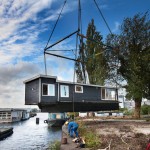

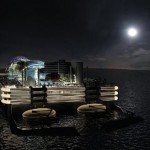




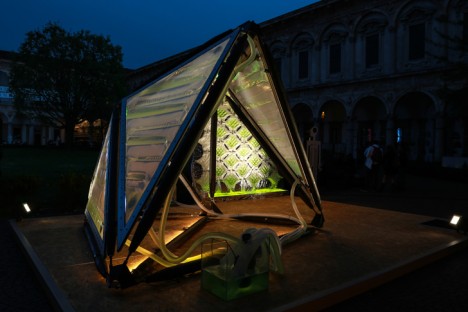
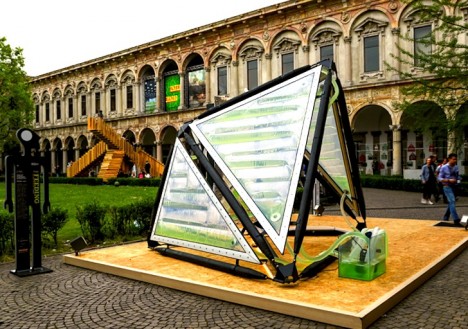
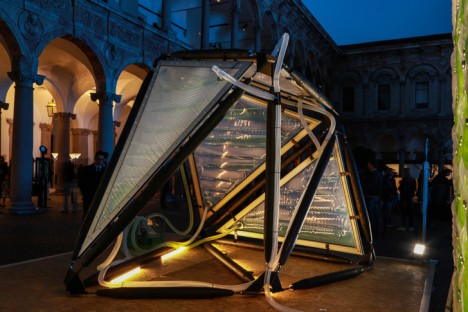
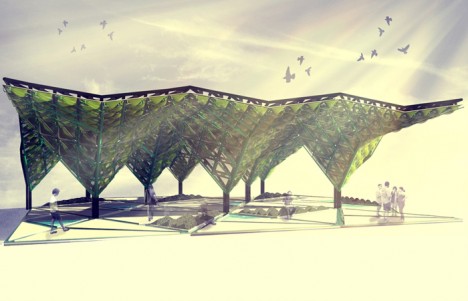
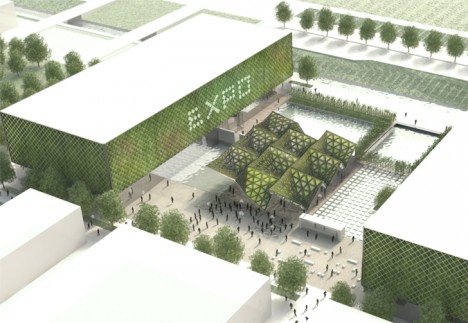
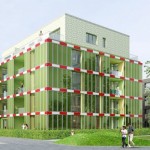

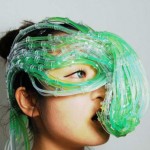
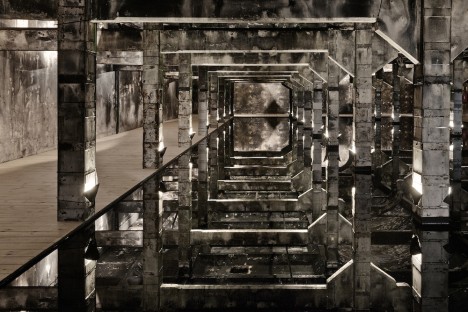
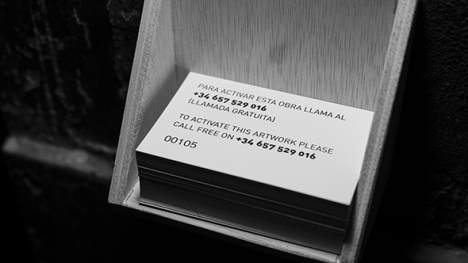
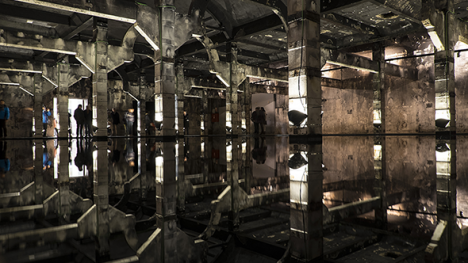
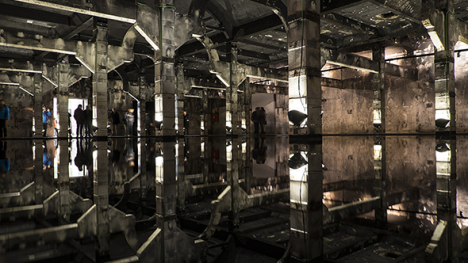
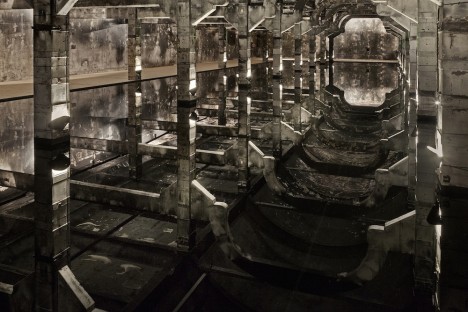
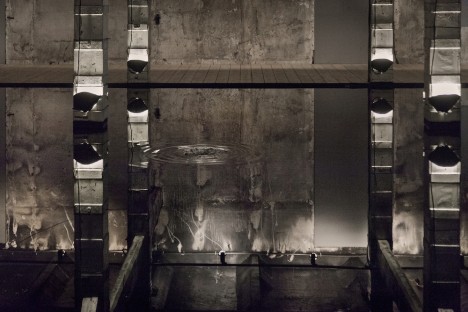
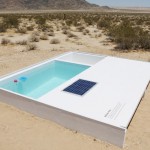

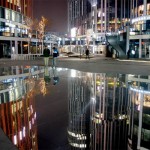







You must be logged in to post a comment.